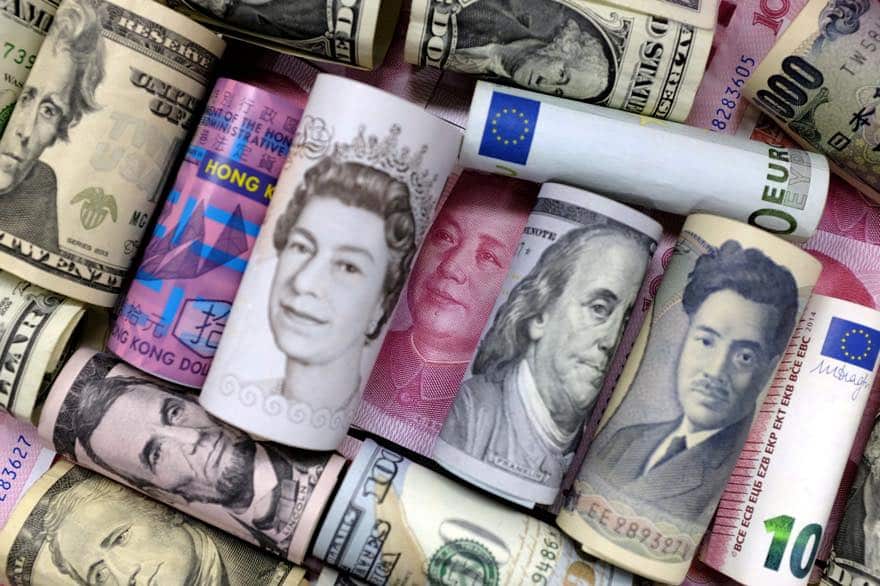The Global Foreign Exchange Committee (GFXC), which works to bring transparency to the global FX market, has released a guidance paper on the application of ‘last look’ on forex trading to give fair practices a boost.
‘Last look’ is a practice followed by the electronic trading platforms which enable market participants to accept or reject a trade request made on its quoted price at the final stage. The new guidance paper attempts to bring further clarity on the application of ‘last look’ in line with the existing FX Global Code.
Established in 2017 as a forum for the central banks and private market participants, GFXC issues the FX Global Code to bring transparency to the global forex market.
Ensuring Market Fairness
The paper, developed by a working group led by former GFXC Co-Vice Chair, Akira Hoshino, made three primary recommendations: assurance of a fair and effective last look process; assurance of ex-ante disclosures; and assurance that the information is available to regularly evaluate the handling of trade requests.
It emphasized that ‘last look’ is intended to be used for the price and validity checks only, and for no other purpose.
“The guidance provided in this paper should help the market move forward in a productive way,” said GFXC Chair Guy Debelle. “Liquidity providers adhering to these principles and providing transparency about their practices should help to give their clients greater clarity about the process.”
“Liquidity consumers should then use this information to evaluate their execution, ask questions of their liquidity provider's last look process, and evaluate whether to trade with Liquidity Providers that are using last look.”

















